Michael Kopelman and Andrew Bunney: Working with Basics
Without any conscious effort, Dickies has made itself a mainstay of streetwear for many generations. We took the opportunity to delve deeper into the brand’s history and its recent The Hideout collaboration. Enjoy!
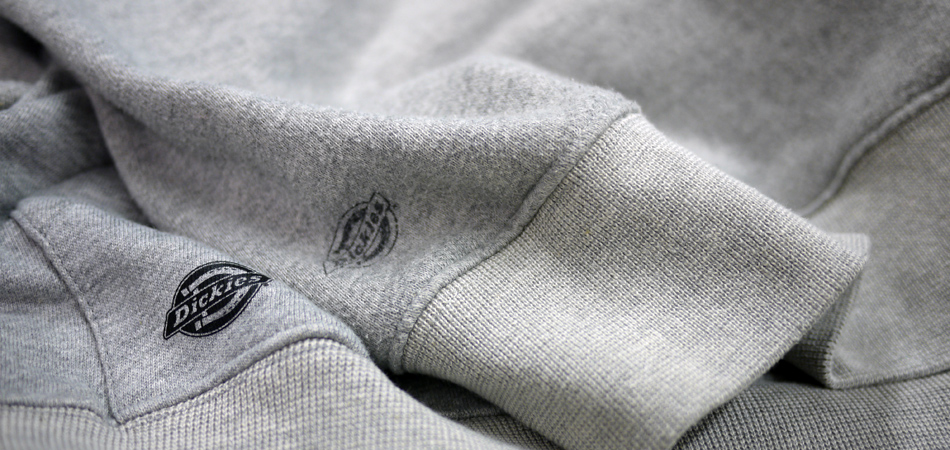
Without any conscious effort, Dickies has made itself a mainstay of streetwear for many generations. Given its rugged construction and timeless aesthetics, its popularity doesn’t come as much of a surprise. However, without a directed effort until recently, the Dickies brand has seen itself ripe for a new angle from a contemporary fashion standpoint. Two of Britain’s most formidable members of the so-called streetwear community, The Hideout’s Michael Kopelman and current Dr. Martens creative director Andrew Bunney undertook the task of creating a new capsule for Dickies with the goal of re-inventing classic Dickies-wear from a modern angle while maintaining the essence of Dickies. We took the opportunity to delve deeper and touch upon what exactly has become of the collaboration, what The Hideout for Dickies collection entails and the importance of Dickies’ Americana roots.
Interview: Edward Chiu
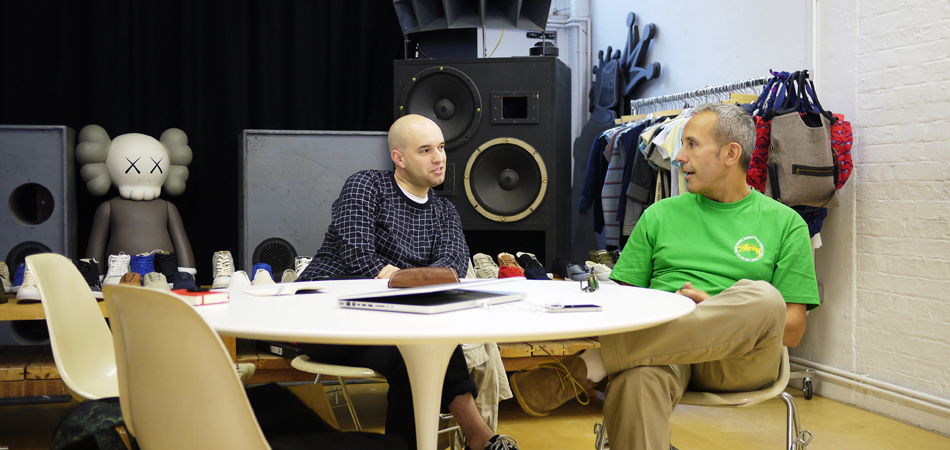
Hello Michael and Andrew, nice meeting you guys. First off, how did you end up in your respective professions and how long have you been in this industry?
Michael: Before The Hideout, I was really into DJing with a fond love for Stussy. Eventually through Shawn Stussy I got involved in the industry. It was amazing when I met Andrew because I would see him in different cities around the world… Tokyo and in New York just by coincidence. Also, the staff at my shop would groan about him as he would ask about products that weren’t out and had more knowledge regarding them as well. So that’s when I asked Andrew to consider working for me. I couldn’t believe that someone could be so well informed without working in the industry.
Andrew: I started as a buyer for skateboard shops, which is how I met Michael. Then I moved into vintage clothing and went on to study fashion and production. After that, I started working with Michael again and that’s how it got started.
How did this project come about?
Andrew: Many years ago we were doing some projects with Stussy and very few people in the market were doing collaborations. If you were to ask companies out of the blue on collaborative projects, they would be very confused, at that time companies weren’t set up for that method of thinking. Obviously now is a very different situation and quite the opposite. We spoke with Dickies a long time ago, but nothing really happened. Until recently, we felt there was a gap in the market and we could fulfill it at an appropriate price point.
There are many cynical ways of why it’s much easier to approach brands now for collaborations. For a marketing perspective, it can generate sales very quickly. Also, I suppose back then, it was the time when the blog boom started, so companies could really see how many people had lined up to buy their sneakers.
Michael: The companies we approached back then were Dickies, Alpha Industries and Levi’s, as both of us were into utility products. You can put these together and wear it so effortlessly and it’s very accessible. The collection’s goal is to explore a different side to Americana. Both of us love the ivy and work wear looks that have been popular over the past few years. And a lot of my heroes and movies that I like, such as Animal House, The Outsiders, Rumble Fish, those kind of movies have all these references in it. I was born in the 60s, so I love that era/style. While we liked the way many Dickies’ products were currently designed, there were certain aspects of the clothing, which would be better and more accessible with correct adjustments. I always read blogs, and people are always complaining when something is changed for a collaboration and it doubles in price. Therefore, I wanted to do something where you make some really basic changes, such as the fits and stay more or less true to the original specs and price.
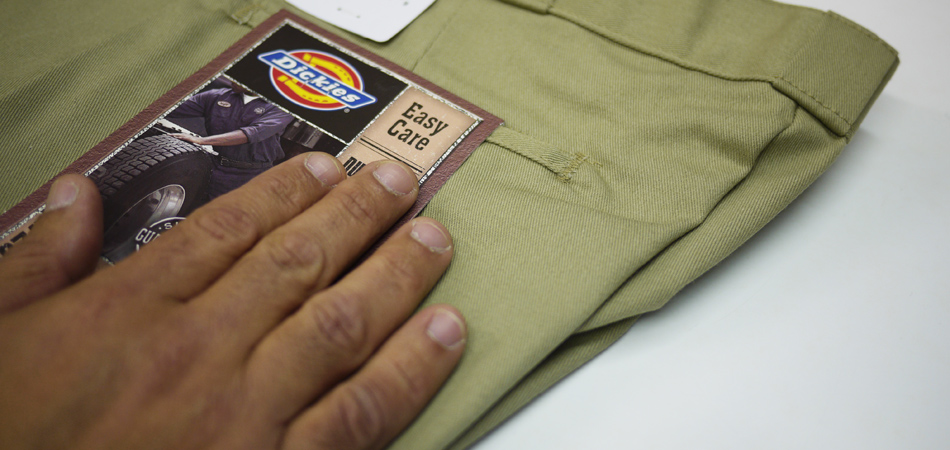
Do you think this approach of re-working basics is a new angle to collaborating?
Michael: Definitely think it’s appropriate to operate on that idea, definitely. We’re looking to put our items in the right context, because it’s not about the branding. A lot of the branding which Andrew made for the collection is a simple print, which will wash off. This is something I like, and emphasizes that it’s just a product at the end of the day.
What’s the story of Dickies on the European front? When did it become popular and was it considered work wear first, or fashion first?
Andrew: I personally don’t know the history of Dickies in Europe, but our aim was to let all kinds of people to pick up these products and appropriate them in their own means. You could be a 16 year old, a real hardcore skater or one of those guys who are really into the classic Americana style. That’s the sort of broad audience we are looking to sell to. So we’re trying the keep the product as basic as possible and still appeal to a wide range of styles. The collection is an open invitation for appropriation. If we are able to reach all of these people then that’s fantastic.
Michael: I only really know the brand from going to New York in the 80s, and my friends like Shawn Stussy and Paul Mittleman wore that stuff everyday. I’m into the real American heart of Dickies, but I don’t know about the European front. However, I do know that there’s a core of people who were into other prominent subcultures at that time, that are also into Dickies. Lots of skaters like to wear and buy this stuff because they’re very hard wearing. Andrew and I have been really careful to avoid any kind of fashion slants on what we’re doing. We try to make the collection fit a proper context and not rely on branding.
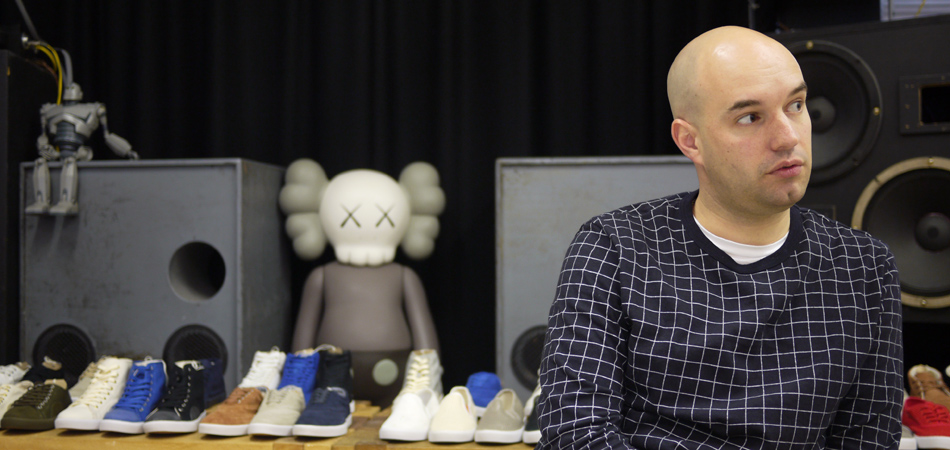
What are some of your own personal experiences with Dickies during your childhood/earlier days?
Andrew: For me, I suppose I first saw it when I was skateboarding in the early 90s. During that time in the UK, even though there was a small boom, there weren’t any local magazines. Most of them were imported, like Thrasher and Transworld. You’d see what people were wearing in those magazines and obviously all of the things you were buying were imported and 95% of the stuff you bought was made in America. I suppose that was the first time when I saw Dickies. At that time, you could only get them in surplus and industrial stores.
Michael: Whenever I used to go to New York, Jules Gayton took me to a place called Dave’s so we could buy Dickies stuff. We would sometimes cut them up and go for the strange colors. It was just affordable and easy to get. I remember going into Stussy as well, where Paul used to stonewash his pants. I always thought that was great alongside a look incorporated into a lot of 1960s “rebel” movies.
Andrew: Yes, the films were really important. When I was younger, there was a big boom of high school movies from America in the 80s. Those movies would have different social groups you wouldn’t see in the UK. When you see these kids wearing their stadium jackets and things, in a funny way it just seemed very glamorous. Seeing these things in movies was a lot different and almost made the fashion desirable. When you look into history, the British always thought American soldiers were glamorous cause of their beige uniforms relative to the UK’s olive and wool.
You mentioned about how you like things being broken down and stonewashed, do you prefer this done in an artificial way or through a natural process?
Andrew: Normally I buy it in its normal way, but it’s case by case as sometimes you wouldn’t have the luxury of those things. I mean I buy vintage items, if I wanted some denim jeans looking a certain way, I wouldn’t be able to wear them to look like that because somebody wore those jeans every single day for many years and for better or for worse I probably won’t do that. So I personally buy vintage jeans, but I can understand why people want that look and I think people now are really good at it as well.
Michael: Yeh, I mean before it was possible to be a bit snobbish about the jeans that have obviously been sanded down, but things have changed now and the artificial processes have improved a lot. When I saw Paul’s stonewashed Dickies, I just thought that was really cool because they looked like Paul had worn them for the past 20 years, they were battered and frayed around the edges.
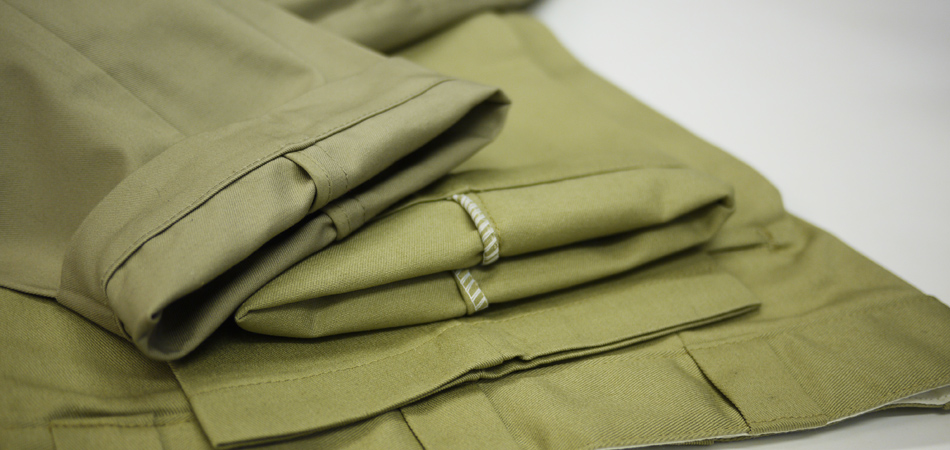
I guess this is the same way when the American army were in Tokyo after the war? As the culture shock has influenced the Japanese even to this day.
Michael: Definitely, I think all over the world, there are pockets of fans regarding Americana. This comes from the massive change from American goods, food and cigarettes. People were on ration and it was difficult to access these products.
Andrew: Imagine you were growing up in that period and these items were in limited supplies, so it was definitely an interesting time.
What would you say are the strengths of Dickies as a brand and how are they relevant with the current landscape for fashion?
Andrew: It’s almost like a blank canvas, so the product was just put out there, it’s largely unchanged for many many years and different people could wear it in their own ways. It’s also cheap enough that you could cut them up or cut them down to suit your style, that’s why it appealed to lots of different people and different subcultures through the years.
Michael: It’s work wear and it’s very relevant right now. It’s broad and it’s a very good way to show your individual style without having to be all about money. With this collection, it’s practical stuff and you could wear it so many different ways. There’s a certain versatility to it. You can match these pants with GORE-TEX shells, a good shirt or plain sweatshirts. All are essential things and therefore they will never go out of fashion.
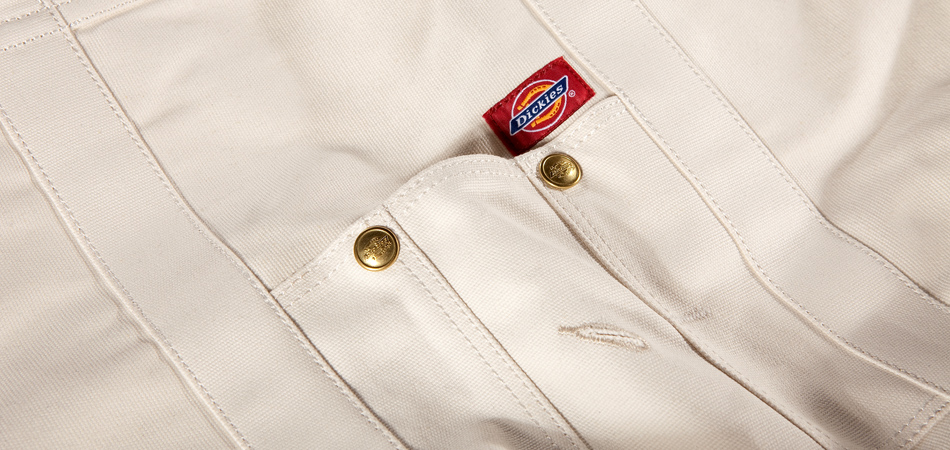
Do you need to forgo certain aspects of Dickies’ legendary quality when approaching things from a more fashion-orientated stand-point? Did you integrate some of the archival characteristics into the products?
Andrew: In this instance I suppose not, this collection is different as once upon a time products were made in certain ways because of price. If you think about denim jeans, the changes and developments were really because of cost. This project hasn’t really been about uncovering unusual details in the archive, because if we were to do that, the price range would be high. The collection would effectively become very expensive work wear and wouldn’t reach such a broad audience that we’re aiming for. We are certainly aware of those details but to maintain the idea of what we’re trying to do, I think it’s much more important to get the look and feel of the brand in this case rather than replicating the details from Dickies’ archive. It’s taking pockets from coveralls and dungarees that the painters wear and using that pocket on a tote bag instead. We’re just trying to preserve what they have and keep the essence of Dickies.
How does your own sensibilities or those of Hideout integrate into the design?
Andrew: It’s the love of the product and the love of the brand. The goal is to offer a better understanding of Americana culture and Dickies.
Michael: It’s also an evolution of the shop. So the collection fits into the current landscape, which is completely different to when the shop was founded 11 years ago. Also, Dickies will be one of the main brands in Hideout for this season, others will include Supreme, Norse Projects and obviously there will be NEIGHBORHOOD, WTAPS, , visvim, Vans and OriginalFake. Having this collection in the shop means there’s a nice tiering in the price range of the products which is important, as it means the widest range of people can go in there and can come out with something that’s unique but not unique by distribution and price points.
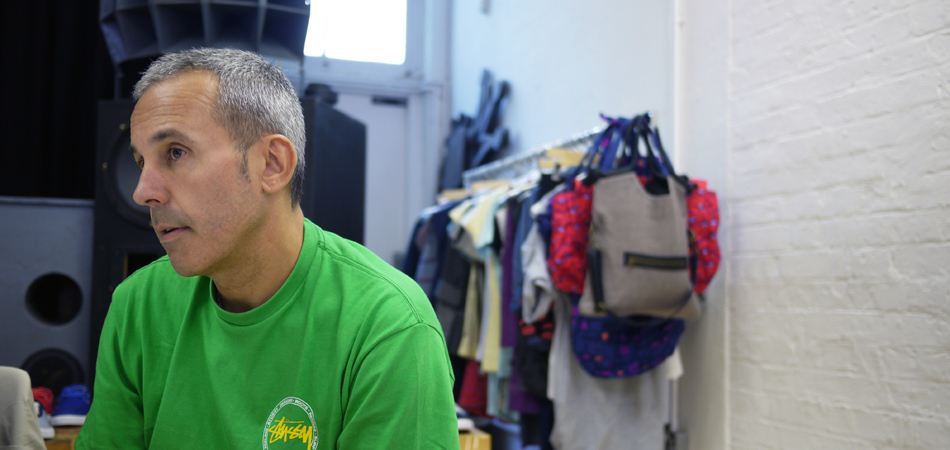
Will we see more projects where basics are the focus in the near future from The Hideout?
Michael: I’d love to say that you will, we’ve got some smaller projects down the pipeline. Both Andrew and myself feel this is a project in which we barely scratched the surface and we would like to take this forward. Also, this collection won’t be just be exclusive to The Hideout as it’ll also be available in France, Holland, Germany, Denmark, Sweden and also New York. Including New York is important for distribution as we’re bringing the re-designed work wear back to its origin, America. Also, all of the customers of this collection are going to wear it differently, some are going to wear with Red Wings Boots, some going to wear Chucks, some will wear with adidas or Nike. So if it’s a different collaboration then we have to be cautious in how it’ll be appropriated.
Andrew: I think this collection can really appeal quite broadly, so we see this as like the first round of the collaboration. It’s not double branded or anything like that. However, if we are to work with another brand then it’ll probably be different. This was all about what Dickies means and all of those connotations, so I believe this was the right approach.
Would you say this is an anti-collaboration approach as it’s not co-branded?
Michael: This is definitely how I felt when designing this collection. Because normally when people collaborate, you maybe come up with something that is over spec’d and people won’t actually use it for what it’s made for. Therefore yes, it’s like an anti-collaboration. If I would buy something to wear and to keep, it’s this. Like the grey sweatshirts, it’s hard to find a simple good quality sweatshirt in shops for under £50, maybe you can get one from Uniqlo, H&M or Topman, but I’m not talking about them. I’m talking about it’s hard to find this product from an authentic American company.
Andrew: Yes, it’s not co-branded and it’s not sold for its name or anything like that and hopefully you can wear these products for a very long time.
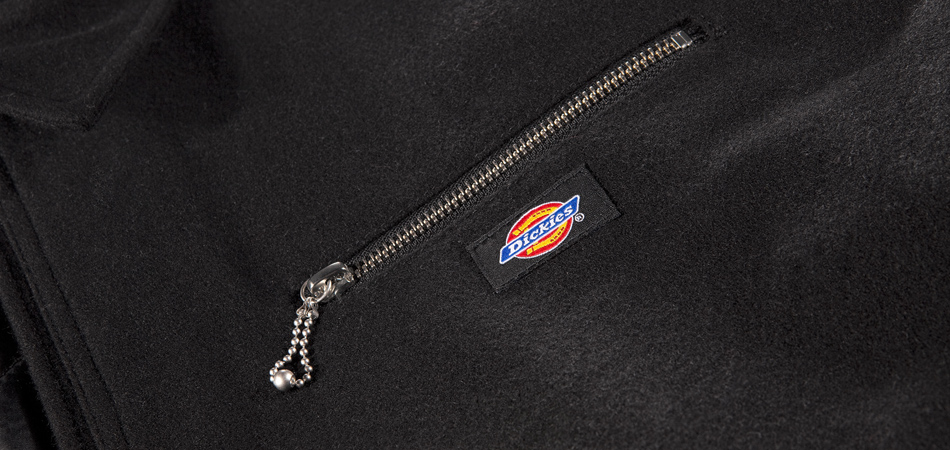
Do you find it a harder task to develop a full collection?
Michael: Both Andrew and I, we like specific things about work wear. Andrew’s put the things that we like, such as triple needle seams throughout all the shirting. With the other tweaks, they are really from the experience of having the shop and being in the business for 20 years. We’ve just simply changed the shapes and fit so they are relevant to the present, we knew that a lot of our customers were even taking in their pants to make them narrower. It hasn’t been really difficult because this is really simple stuff, we’re not changing the pattern or putting two things together like what Junya Watanabe does, it’s just functional clothing that American clothing is known for.
What is the next big plan?
Andrew: For this, the next season is the next big plan, we want to keep improving the products. Hopefully learning on what’s working and what’s not working, moving on like that. The next season will still have that same spirit and same sense.
